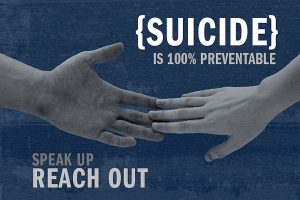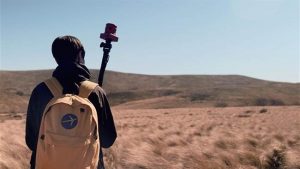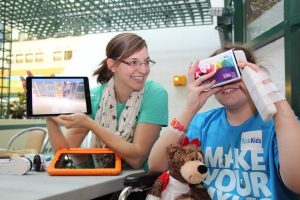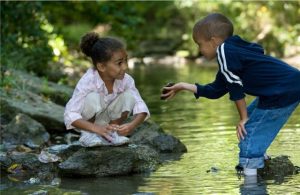Overview:
I want to use a Virtual Reality application to teach elementary age kids currency math. I think it would be beneficial for kids to learn this skill. The number of young adults who cannot do money math is growing. I have a close friend who has trouble counting the different coin amounts because they are unaware of the different monetary values. To me, this is something that we can and should be fixing. The ability to count out money is something you cannot get by without in the world we live in. I believe this problem needs to be addressed at the elementary level so that kids are exposed to the math from an early age and continue to practice and get better as they grow up. I believe that teaching kids money math through the use of VR equipment is the best way to go about it because kids are intrigued by video games and combining the two will help keep their attention. There have been studies conducted about the relationship between video games supporting learning and educators agree with this statement (Jonker and Wijers, 2008).
VR Breakdown:
There will be multiple levels that vary in difficulty going from first graders up to fifth graders. The beginning level will teach the kids the different names and values of each coin and dollar bill so they can begin to familiarize themselves with each. As the kids move up in school, the math problems will coincide with what they are working on in their math classes so they are getting more practice with everything they are learning. As the child moves into fifth grade, they will be put into virtual scenarios where they gain experience purchasing different things in virtual store settings so they will be able to count out the money they owe and it will increasingly become more difficult, depending on the individual level of each student. In the Th!nklets article, they mention a money math game that is on the computer, and this is the mathematics I would like to incorporate into the VR world and make the game more immersive for the students. This will make them feel less like they are learning and more like they are simply playing a game (Jonker and Wijers, 2008).
Target Market:
My target market is elementary students, starting with first graders and going to fifth graders. However, the software can be adapted to provide more difficult scenarios and be implemented in middle schools as well. I want students to be able to count their money and not have to rely on calculators, or solely the use of debit and credit cards when they grow up because they never learned the different coin values or feel embarrassed to count out the money on their own. This skill will also come in handy for any high school student that wants to get a job in any retail store, or any job that deals with the exchange of money.
Empathy:
As the student submits answers to the different math problems in the game, there will be levels when they are given different amounts from other “students” and they have to count the money to see if they were correct or not. The “students” who are a part of the game will have times when they give the incorrect amount and if the player tells them the amount is correct, the student will laugh, letting them know they gave the wrong amount on purpose to teach the player how it feels to be picked on. In the higher levels of the game, when the player is in the store environment, there will be other “students” around them if they get their amounts wrong again. This is not to make the player feel embarrassed or bad, it is to teach them that everyone makes mistakes and that that is no reason to laugh at someone else.
References:
Vincent Jonker and Monica Wijers. 2008. Th!nklets for mathematics education: re-using computer games characteristics in educational software. In Proceedings of the 8th international conference on International conference for the learning sciences – Volume 1 (ICLS’08), Vol. 1. International Society of the Learning Sciences 406-413.






